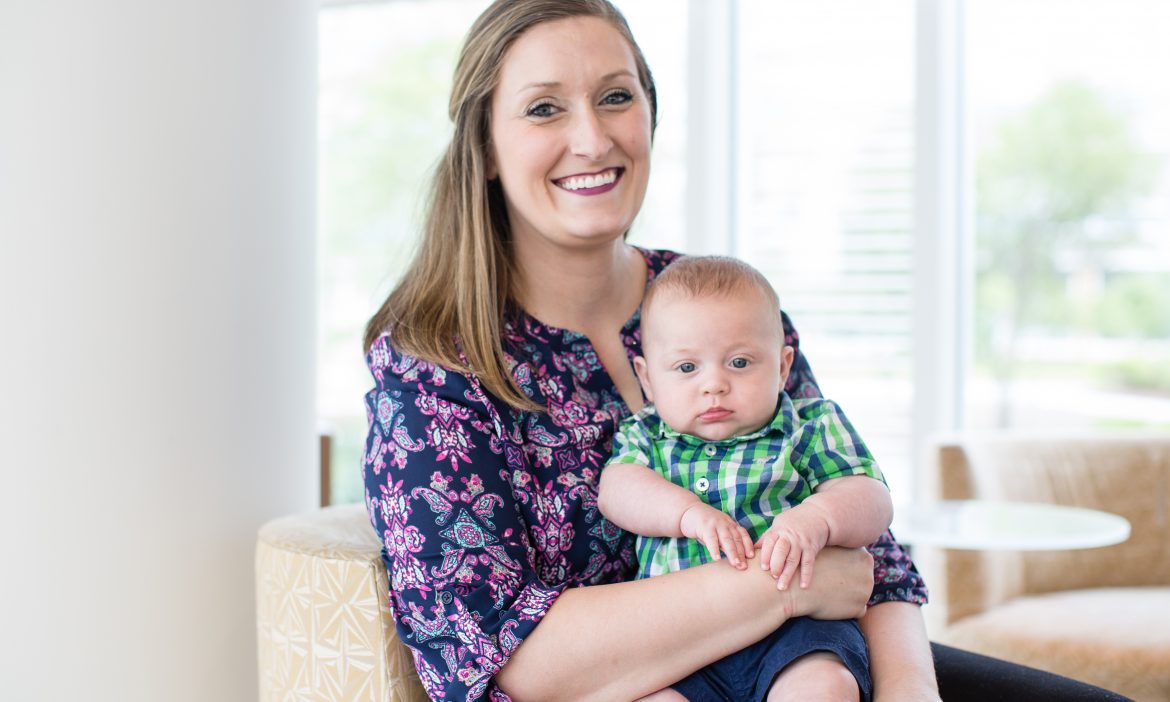Originally published by The Tennessean, May 2018
At every company, no matter its size or industry, it’s safe to assume that employees may ask themselves: Does my employer actually care about my health and well-being?
Affirmation for these concerns is most evident through great benefits, which make employees feel valued and respected and can drive better performance. They can also help attract and retain talented employees. As employers, our challenge is to balance these needs alongside the costs that get passed to customers.
Today, paid parental leave – particularly for non-birth parents – is a benefit sought by many current employees as well as qualified candidates in the job market.
In some cases, it can be the deciding factor for whether or not a candidate with an offer on the table accepts the position. A 2017 survey conducted by a nonprofit human resources association found that only 38 percent of employers offer paid parental leave to their employees.
In early 2017, the BlueCross leadership team recognized that employees who feel they are heard and are taken care of by their employers are more satisfied and inspired to provide even higher-quality service. Revising our parental leave was both a sound business decision and a heartfelt one.
Courtney Case, a consumer advisor in our dental services department, was the first employee to put these benefits to use.

Her son Loftin was born on Jan. 1, and Courtney had a difficult pregnancy and delivery, after which she immediately required surgery. She had already been on short-term disability and medical leave for doctor-ordered bedrest, and she was concerned about balancing her recovery with providing for her other two children and spending enough time with Loftin.
Fortunately, we were able to share the news of our revised benefits in advance of the change. This set Courtney’s mind at ease: She would be able to recover from her complications and experience the precious bonding period with Loftin – and she wouldn’t have to scramble to plan for unpaid leave.
“BlueCross didn’t just help me,” Courtney said recently. “They ensured my family was taken care of. We had everything we needed. BlueCross gave me time to recharge and made me appreciate my job so much more. ”
I share her story to emphasize not only what our efforts meant to her, but what we believe they mean to the rest of our team.
As leaders, we kept coming back to this question: Why not help ease what’s an already incredibly stressful time? And from there, how could we offer new parents greater peace of mind so they could make the most of their time with new family members?
The Family and Medical Leave Act of 1993 requires that all covered employers allow up to 12 weeks of unpaid leave to employees for qualifying family and medical reasons. New parents fall squarely into this category.
On Jan. 1, 2018, we went beyond our requirements and implemented new family-friendly paid parental leave and adoption assistance benefits. These include eight weeks of paid leave to the birth parent directly after the birth of a child and four weeks of paid leave to non-birth parents, including those adopting a child – taken any time within 12 months of the birth or placement for adoption. We also now provide adoption assistance in the form of reimbursement of up to $5,000 for the adoption of one child, once per year, to help with adoption agency charges, placement fees and court costs. Employees don’t have to use vacation or any unpaid time in order for these benefits to go into effect.
As employers, when you listen to your employees and show that you’re making decisions that will improve their work-life balance, you connect with them on a very personal level – especially when they’re growing their families.
In a season where we celebrate the value of mothers and fathers alike, consider how these connections can foster increased job retention, a commitment to improved service and the health and growth of your business.


 Karen provides strategic leadership for all functions of the human resources division, as well as the company’s properties and corporate services division.
Karen provides strategic leadership for all functions of the human resources division, as well as the company’s properties and corporate services division.